How to write Node.js Lambda functions
Luke Hedger
The LEGO Group and AWS Community Builder
Serverless Days: Student Edition - Aug 2022

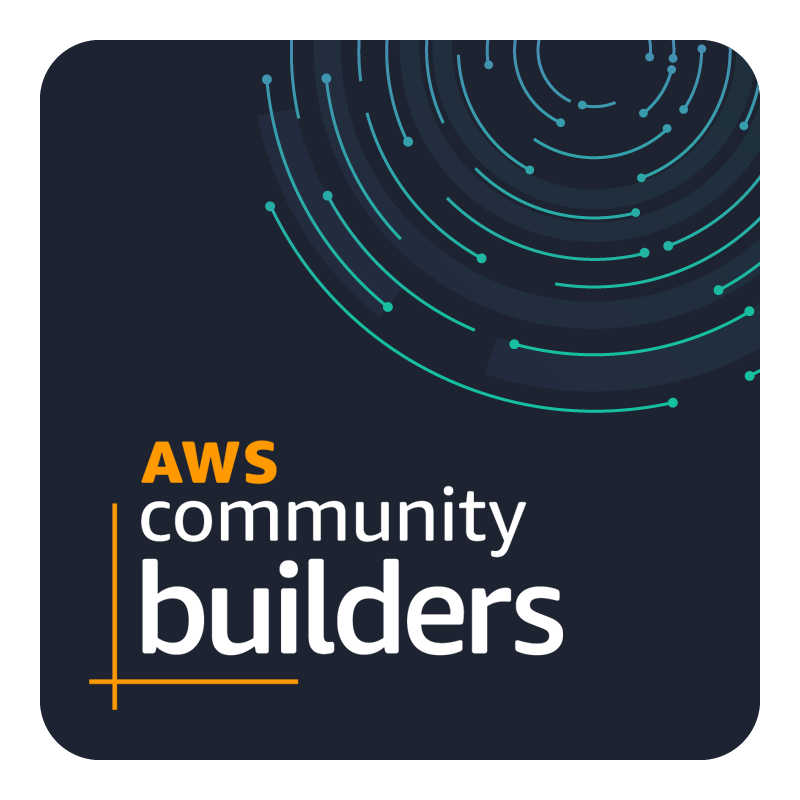
AWS Lambda
- Serverless compute requires a novel approach and mindset
- But... the basics of Lambda will still allow to gain benefits (cost, scale etc)
- Reach for the advanced features as complexity grows

Lifecycle
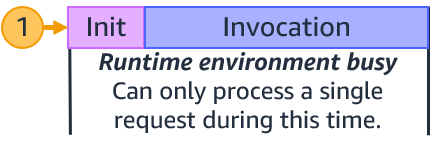
- Compute model → programming model
- Init phase runs "code outside handler"
- Invocation phase runs "code inside handler"
Concurrency Model
Lambda's unit of scale is concurrency

Work With Constraints
-
Maximum concurrent executions = 1,000
-
Maximum function duration = 15 minutes
-
Maximum memory allocation = 10,240 MB
Optimise with Lambda Insights
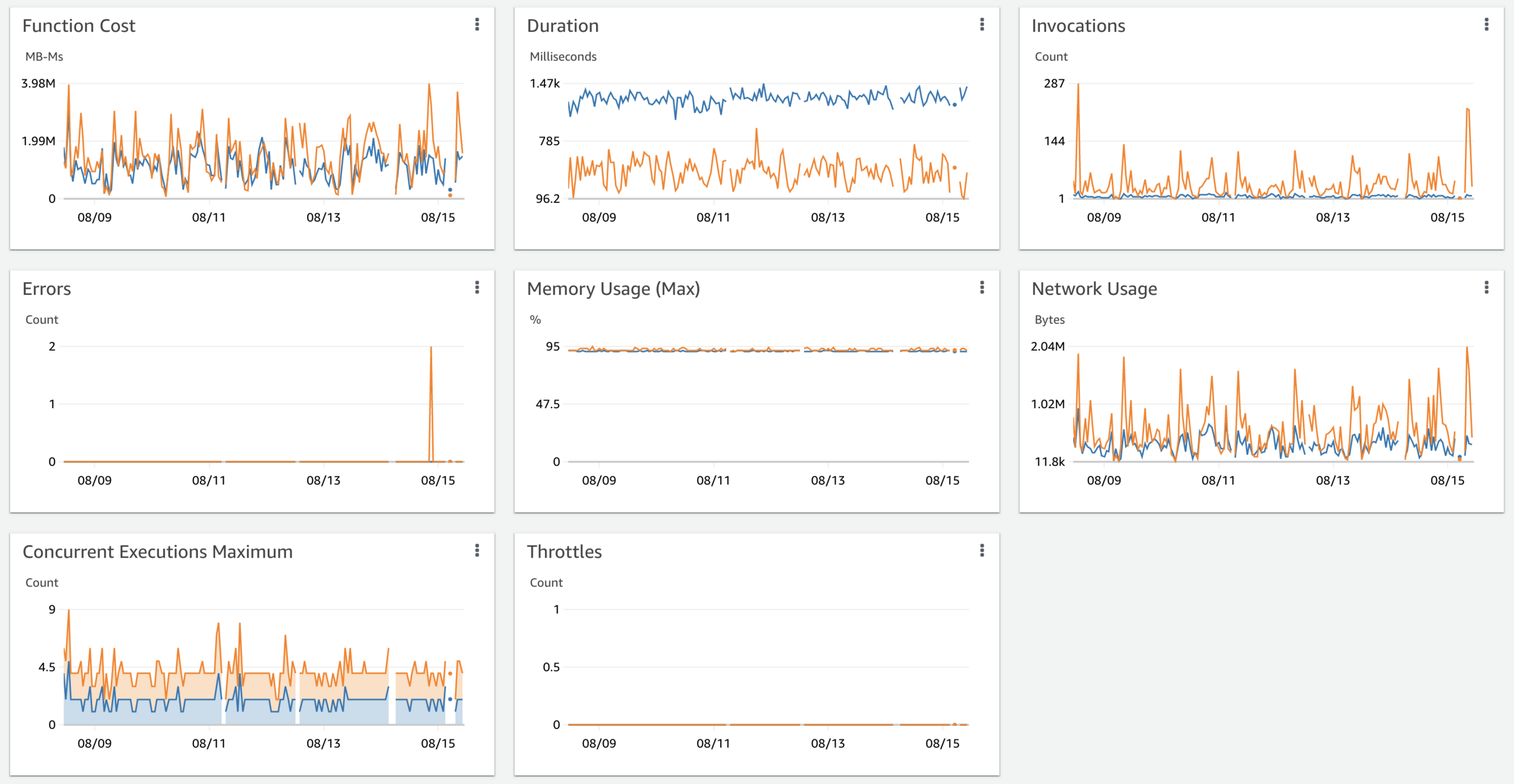

Runtime & Language
- Choose runtime/language to suit use case and team
- Use latest Node.js version when possible
- Use arm64 architecture (AWS Graviton2)
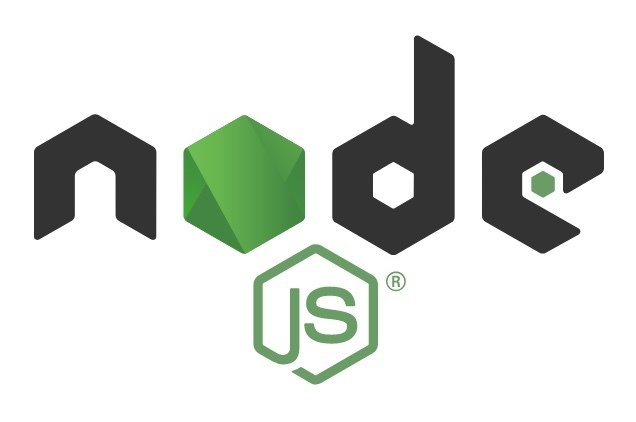

Files and Folders
- Prefer a single file per function over early abstractions
- If the file/function grows substantially consider architecture
- Use a directory structure that works for you and change if needed
Code Standards

- Use Prettier's default rules
- Keep ESLint rules to a minimum. Use someone else’s rules with caution
- Keep config in root, not tied to specific functions or services
TypeScript
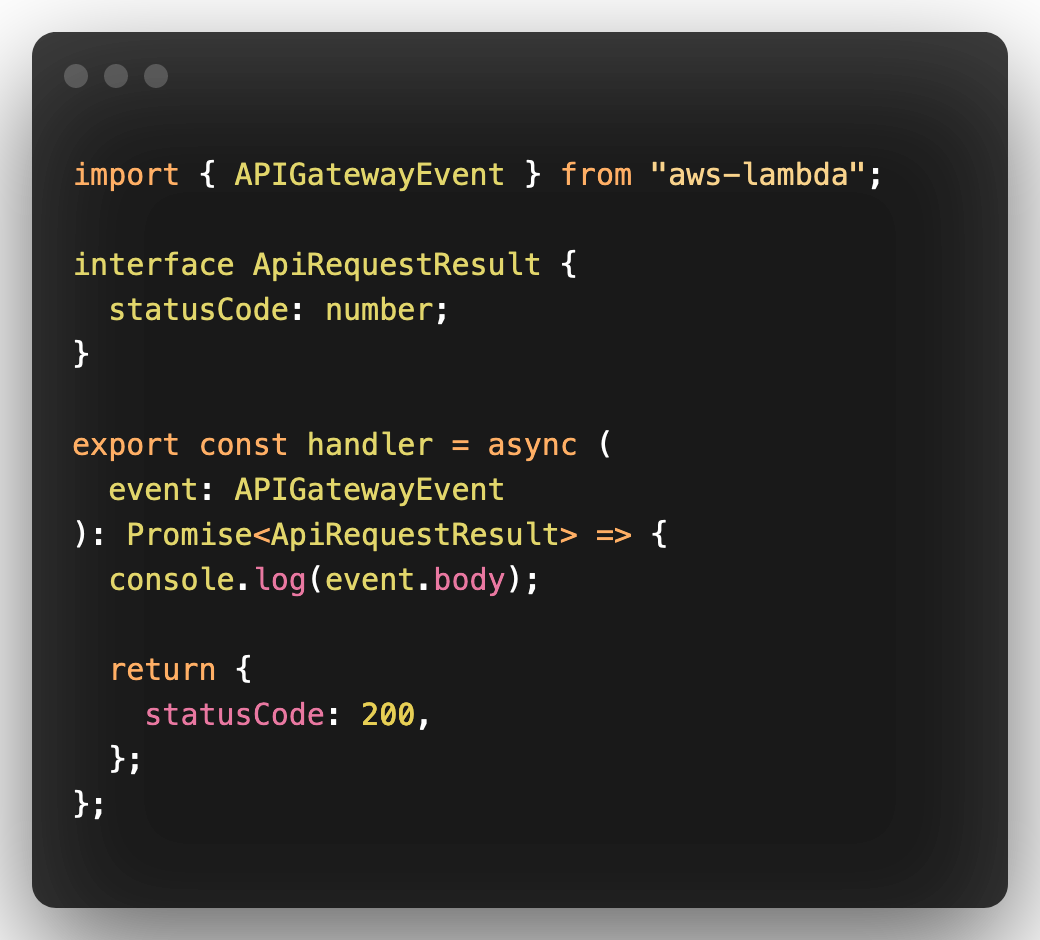
AWS SDK
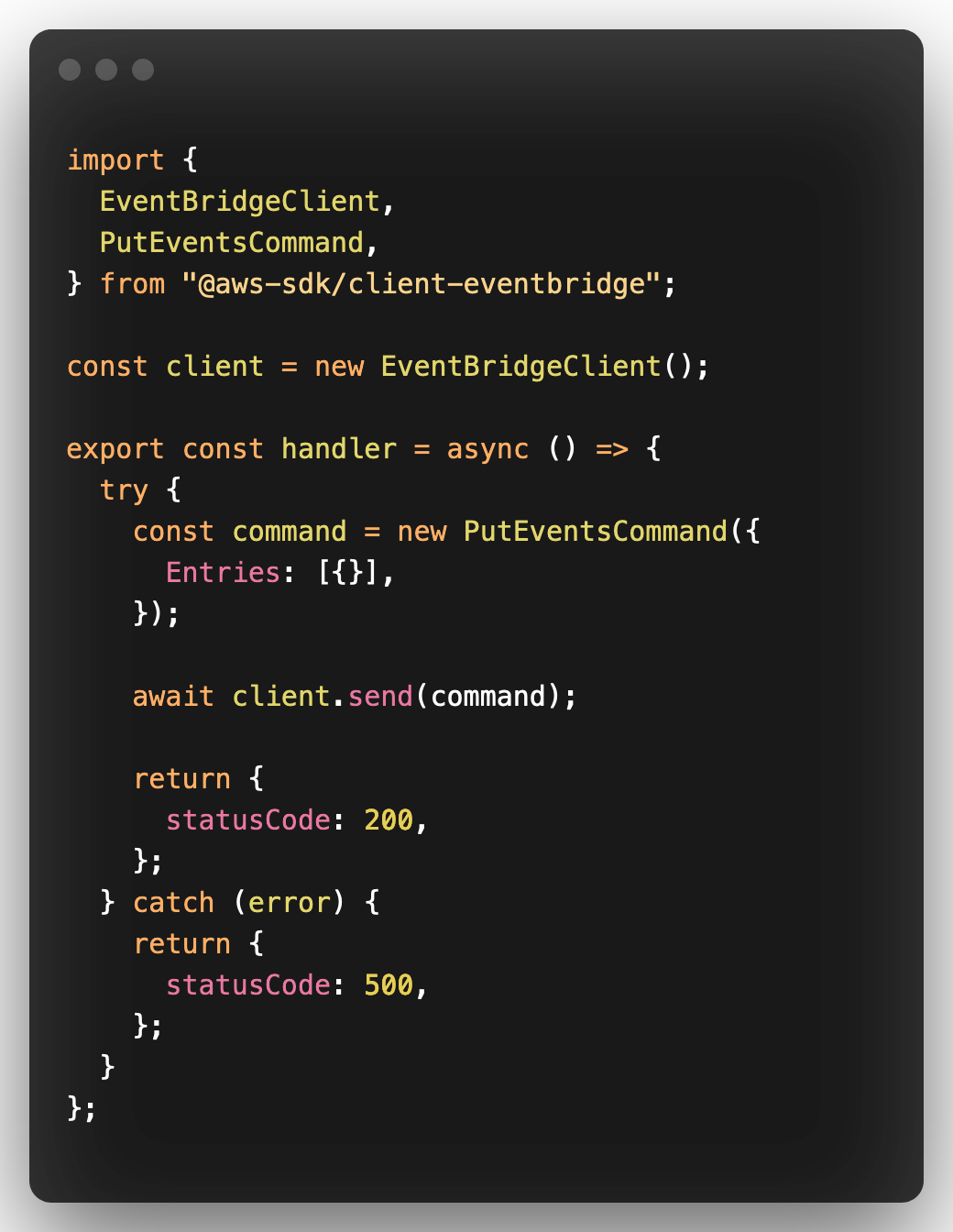
Testing

Security
- Keep dependencies updated, especially vulnerability patches
- Apply the Principle of Least Privilege to IAM policies - i.e. do not use * (wildcards)!
- Use the OWASP Serverless Top 10 to mitigate common serverless application security vulnerabilities


Observability

- Monitor metrics for Concurrent Executions, Throttles and Errors
- Route alarms to team chat
- Use dashboards to view critical health
Powertools
- Lambda Powertools for TypeScript
- Logs, metrics and tracing
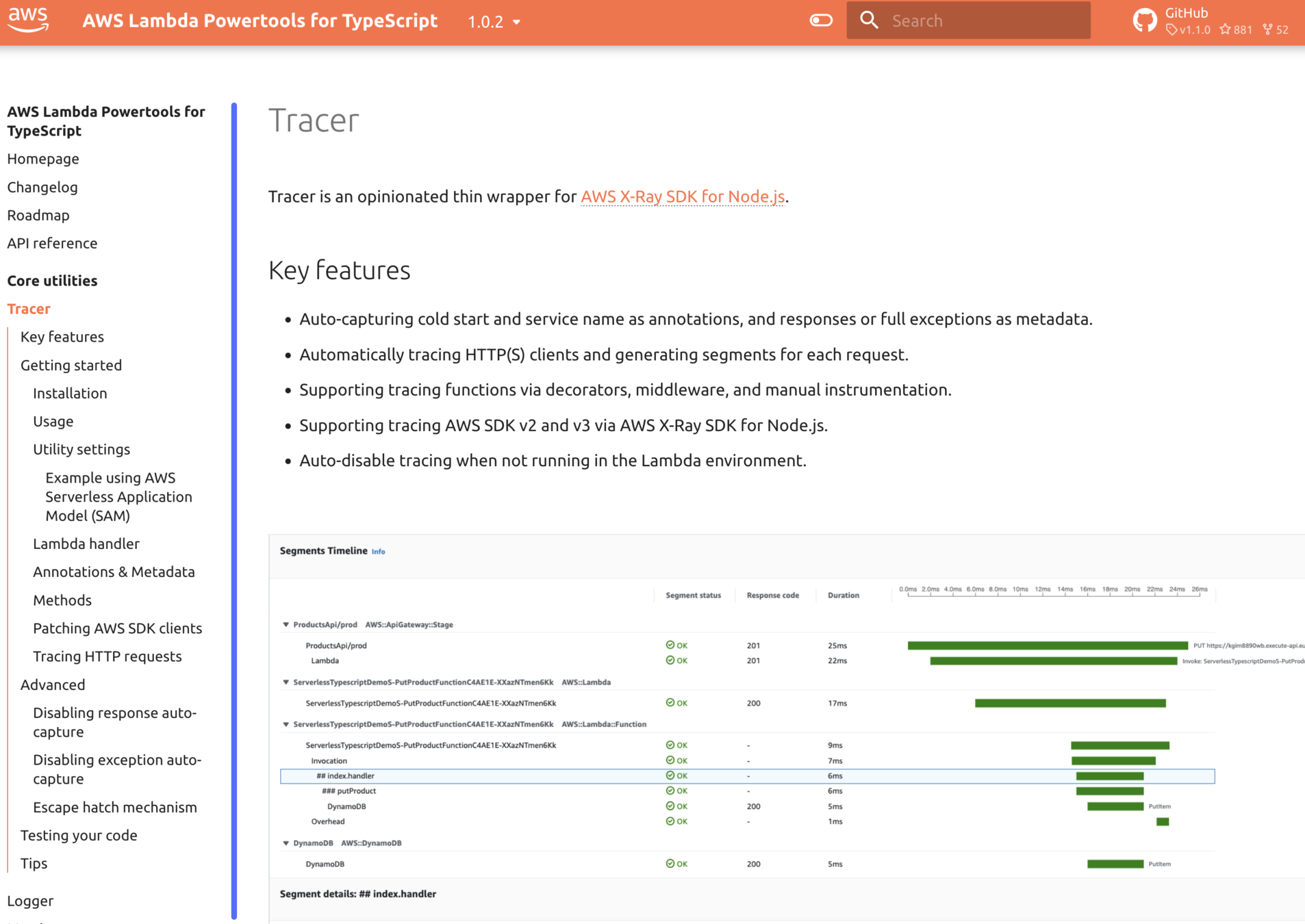
Resources
Thanks!
